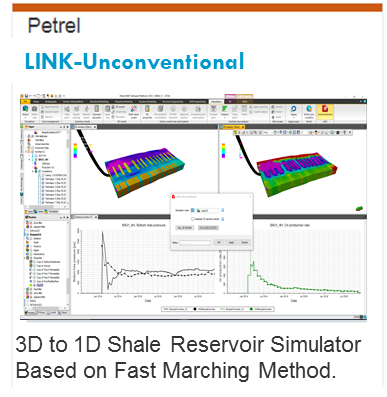LINK-Unconventional is an ultra efficient flow simulator for evaluating dynamic performance from a single hydraulic fractured horizontal well, typically developed for unconventional reservoir. The simulation is performed after transforming a 3D conventional dynamic model (in x,y,z coordinate system) into a 1D coordinate system of propagation time (diffusive time of flight, DTOF). The DTOF is calculated using Fast Marching Method (FMM). Once the simulation is completed in the 1D system, it is transformed back into the original 3D system for result analysis.
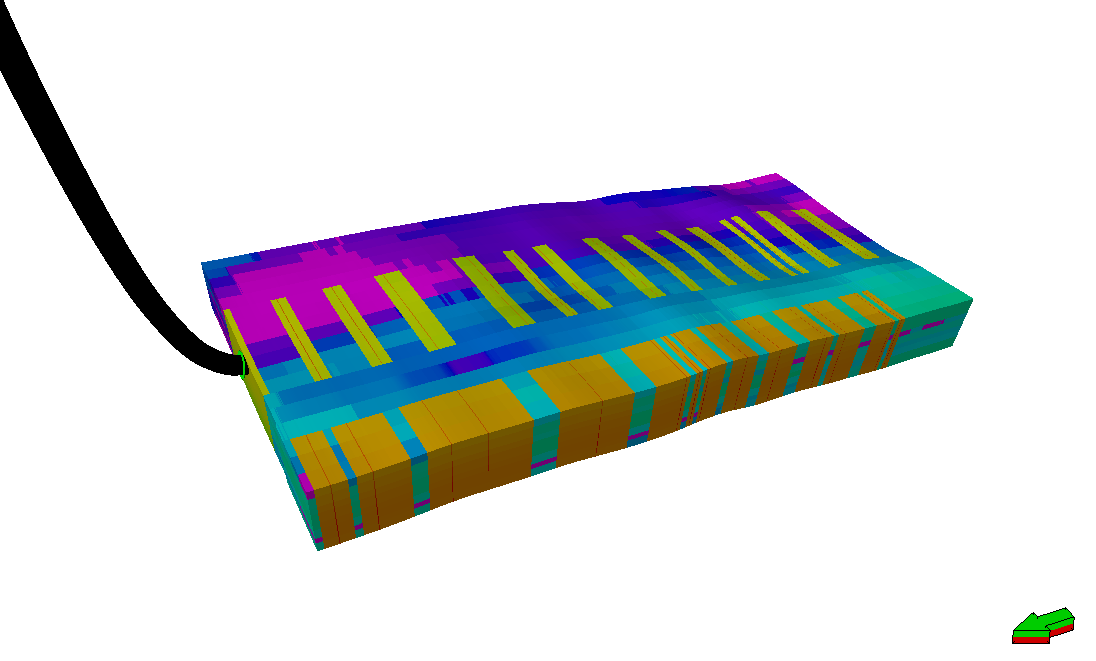
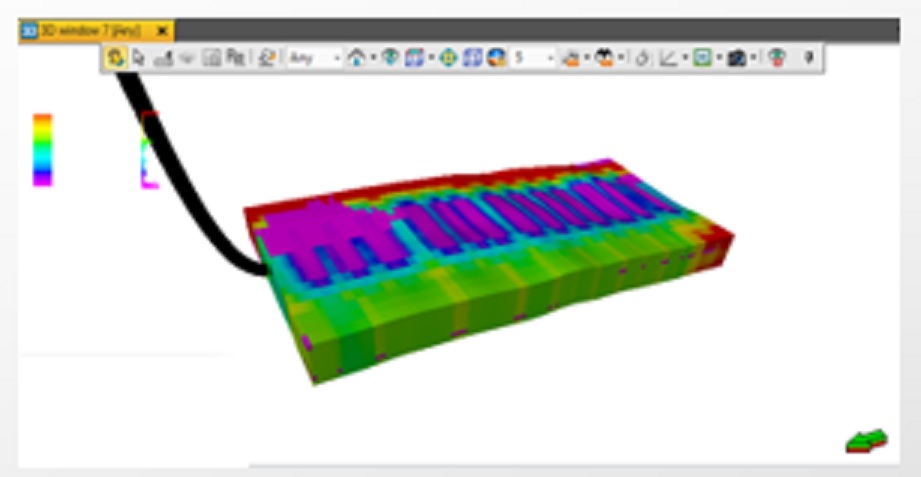
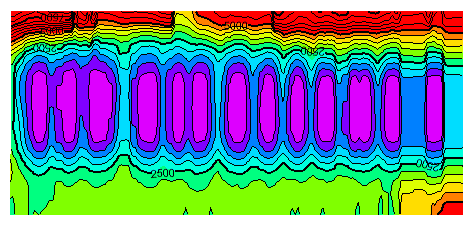
What is the Input for LINK-Unconventional
Since LINK-Unconventional is a flow simulator, the required input is the same as the input for conventional flow simulation. That is, it requires grid model, petrophysical properties (poro, perm, rock type), PVT, Saturation Function, Initial Pressure / Saturation parameter, and Well Schedule (completion, production history). Since LINK-Unconventional is a Petrel plug-in, the input need to be prepared as Petrel “Simulation Case”. The program will convert the 3D data deck into the appropriate 1D system after performing the FMM. Once the transformation is done, flow simulation is done in 1D system, and the result will be reconverted back into the 3D system for user to evaluate. The final evaluation can be done using Petrel’s facilities (e.g., Charting Window and all other Windows).

What is the Output
LINK-Unconventional produces output typically reported from a flow simulation run. The results can be evaluated using the Charting Window facility of Petrel. Additionally, 3D distribution of pressure and saturation versus time can also be viewed using Petrel 3D Windows with time animation.
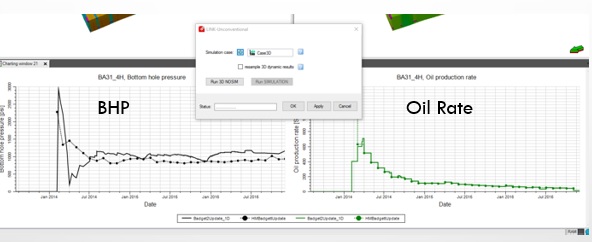
Where can I get more info to acquire/test this plug-in?
This plug-in has NOT yet been released. It is due released by the end of 2017.

